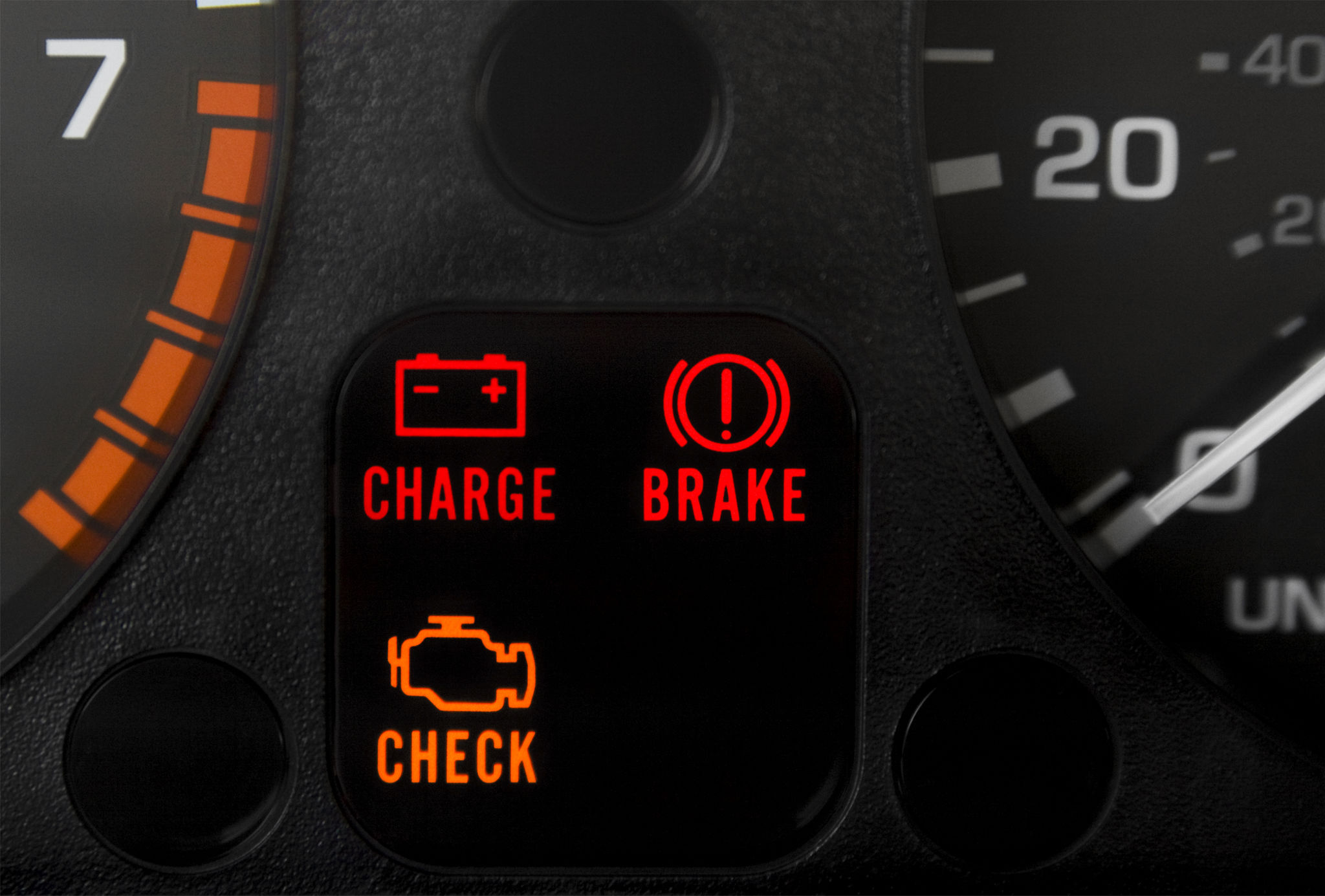Expert Advice: Common Myths About Car Dashboard Warning Lights
Understanding Car Dashboard Warning Lights
Car dashboard warning lights are a critical component of modern vehicles, designed to alert drivers to potential issues. However, many drivers are either unaware of what these lights mean or have misconceptions about their significance. Understanding these lights can save you from unexpected breakdowns and costly repairs.

Myth 1: All Warning Lights Mean Immediate Danger
One common myth is that all dashboard warning lights indicate an immediate problem. While it's true that some lights, such as the oil pressure warning, require immediate attention, others may not be as urgent. For example, the check engine light could signal something as minor as a loose gas cap. It's important to learn the difference between urgent and non-urgent warnings.
Consulting your vehicle’s manual or a professional mechanic can help you assess the severity of a warning light. Remember, while not all lights signal an emergency, ignoring them for too long can lead to serious issues.
Myth 2: You Can Ignore Warning Lights If the Car Seems Fine
A prevalent misconception is that if the car runs well, you can ignore the warning lights. This is risky because the vehicle's systems are interconnected; one minor issue can escalate into a major problem. For example, neglecting a brake system warning light can lead to brake failure over time.

The lights are designed to alert you to problems before they become severe. Therefore, addressing any warning light promptly is essential to maintaining your vehicle’s health and your safety.
Myth 3: Flashing Lights Are No Different From Steady Ones
Another myth is that flashing warning lights are no more significant than steady ones. In reality, a flashing light often indicates a more critical issue. For instance, a flashing check engine light typically points to a severe engine misfire, which could cause damage to the catalytic converter if not addressed promptly.
Understanding these nuances can help you prioritize repairs and avoid extensive damage.

Myth 4: DIY Solutions Are Always Safe
Many people believe they can handle dashboard warning lights with DIY fixes found on the internet. While some solutions might be simple, such as tightening a gas cap, others could be more complex and require professional expertise. Misdiagnosing or improperly fixing an issue could lead to further complications and void warranties.
Consulting a certified mechanic for an accurate diagnosis ensures your safety and preserves your vehicle’s longevity.
Conclusion
In conclusion, understanding dashboard warning lights is crucial for every driver. By debunking these myths and staying informed about your vehicle’s alerts, you can ensure a safer and more reliable driving experience. Always prioritize investigating and resolving warning lights promptly to keep your car running smoothly.
